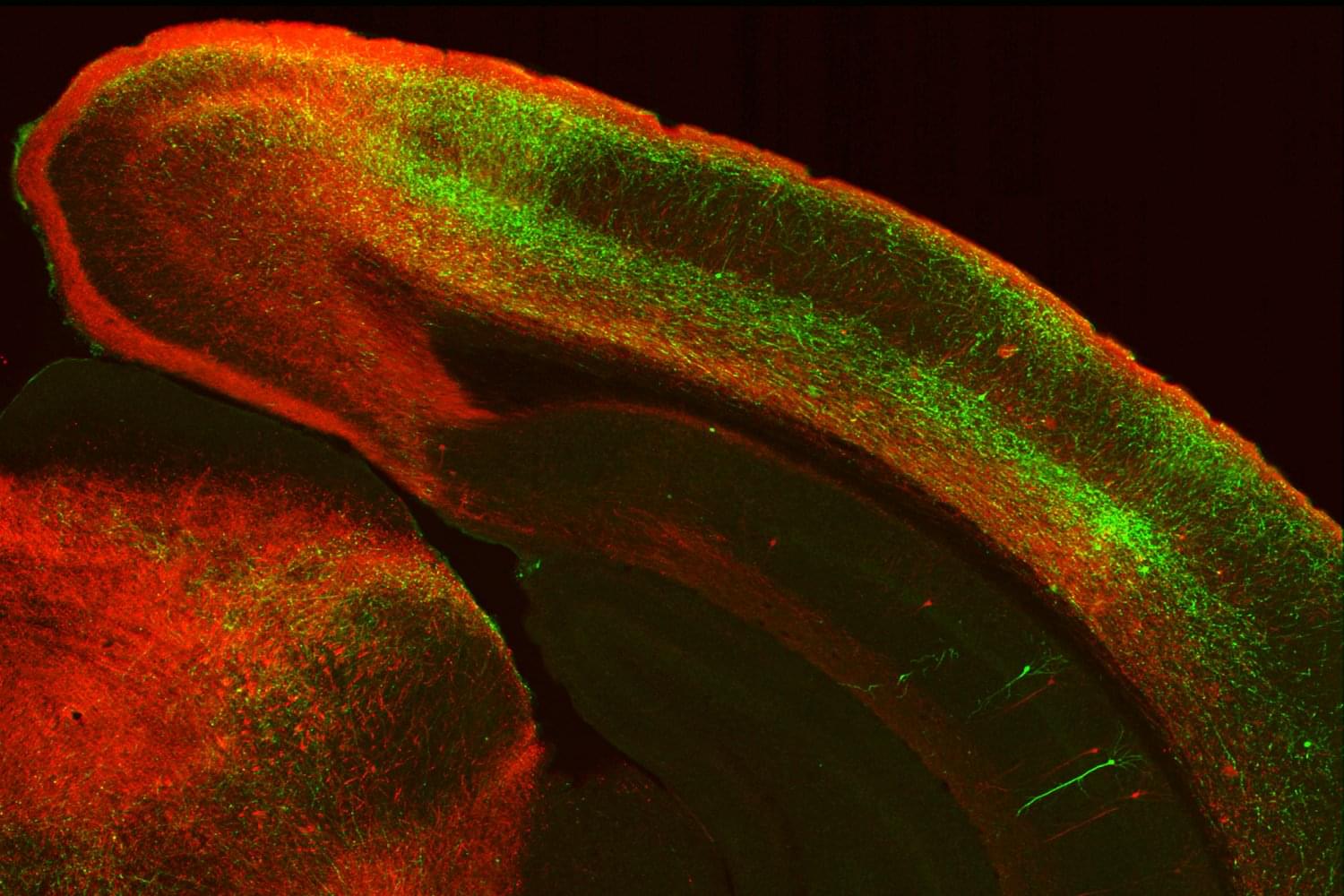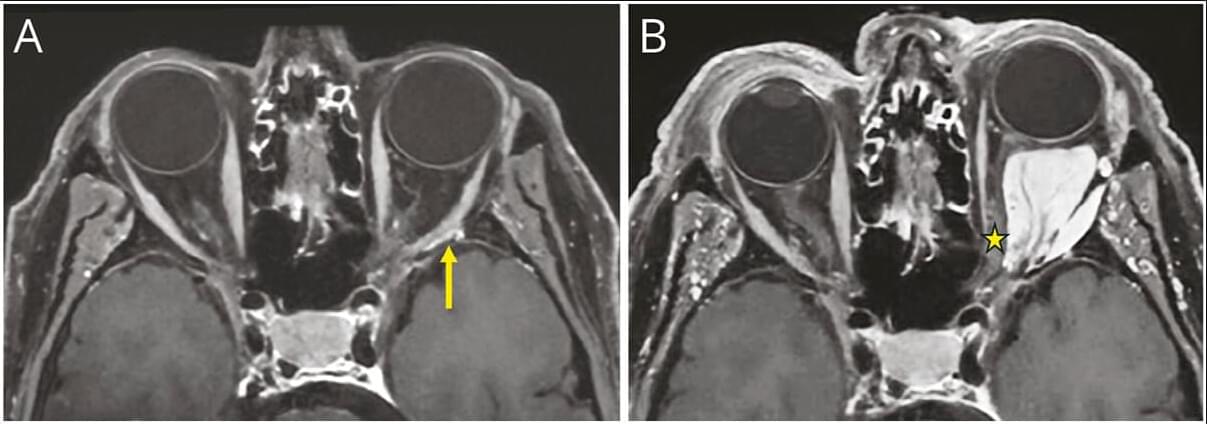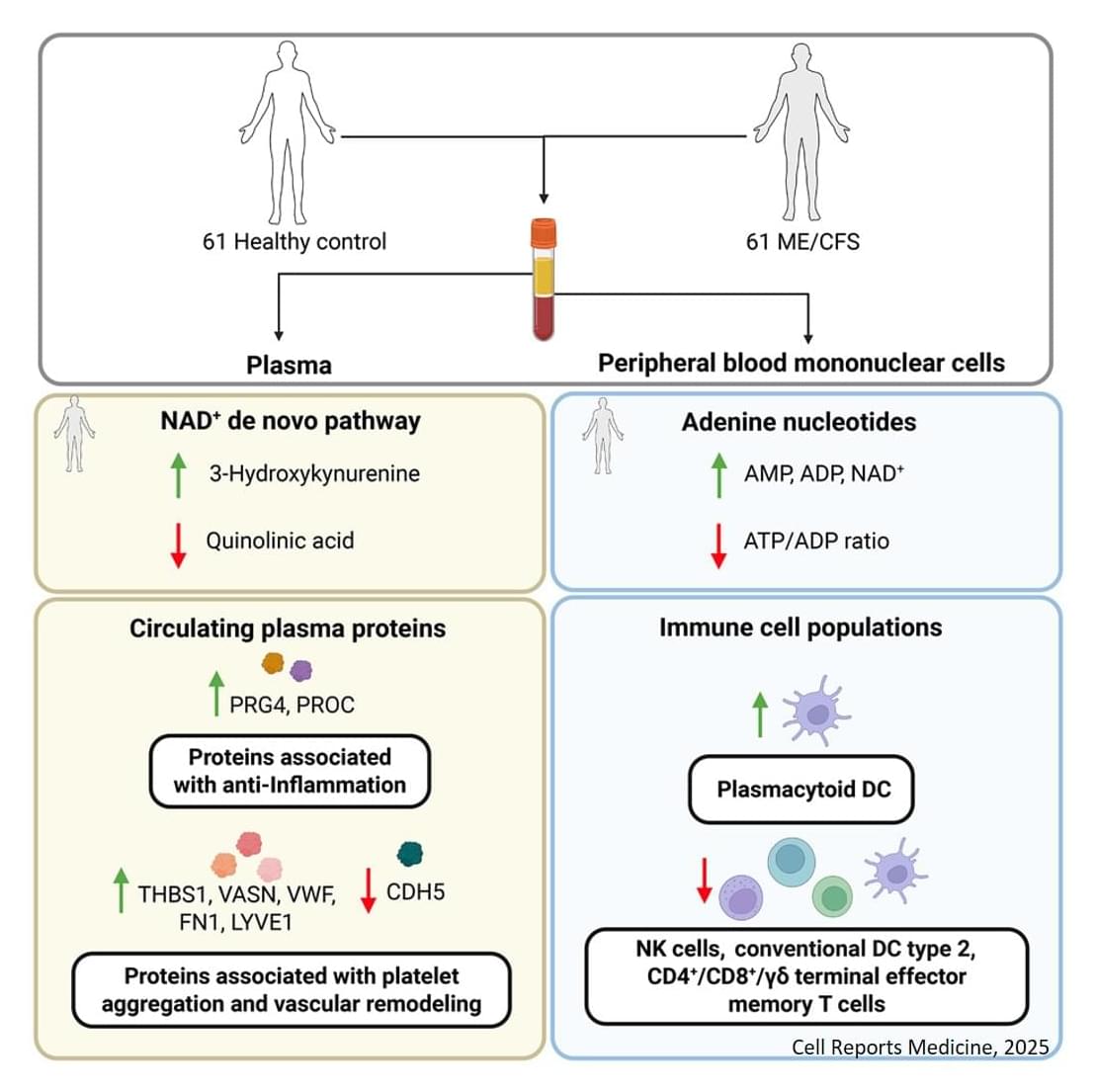The fungal compound verticillin A, discovered more than 50 years ago, has long been regarded for its potential cancer-fighting capabilities. S cientists have now managed to artificially synthesize the compound for the first time, meaning they can study it in more detail and potentially develop new cancer treatments.
Being able to produce verticillin A on demand in the lab is a major step forward. In nature, it’s found only in small amounts in a microscopic fungus and is very difficult to extract.
Before now, the complex chemical structure and inherent instability of verticillin A made it tricky to synthesize, but researchers from MIT and Harvard Medical School have overcome both problems.








